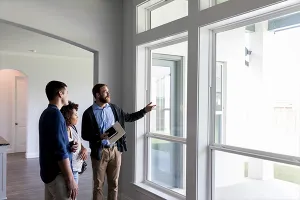This blog post was written by George Ratiu, Director of Quantitative & Commercial Research and Erin Fitzpatrick, Research Intern
Real estate constitutes the foundation of economic activity, with real estate transactions providing the connecting pathways between individuals, businesses, and governments. In 2014 the value of real estate in the United States totaled $42.4 trillion[1]. Sales of commercial real estate assets—priced at or above $2.5 million—totaled $438 billion[2] in 2014, while sales of smaller commercial assets—priced below $2.5 million—comprised an additional $60 billion[3]. In addition, sales of residential real estate totaled $1.1 trillion[4] in 2014, with existing properties accounting for 89 percent of total.
For a significant proportion of real estate market participants, like-kind exchanges (LKE) provide an important vehicle to sell and acquire property. The Internal Revenue Code (IRC) Section 1031 codifies that the tax owed on any gain after a sale may be deferred as long as the proceeds are reinvested in a similar property through a like-kind exchange. The Internal Revenue Service (IRS) makes note of the fact that while the gain “is tax-deferred […] it is not tax-free.”[5]
Like-kind exchanges (LKE) feature prominently in NAR members’ real estate transactions. Based on the Like-Kind Exchanges: Real Estate Market Perspectives 2015 report, slightly over 60 percent of respondents indicated that they participated in at least one like-kind exchange within the 2011-2014 period. Of the total, 40 percent participated in 1—3 transactions, while 14 percent were active in 4—6 exchanges.



[1] Federal Reserve Board, Flow of Funds B.101, B103, B104 tables
[2] Real Capital Analytics, US Capital Trends®
[3] Smith and Ratiu (2015), "Small Commercial Real Estate Market," National Association of REALTORS®
[4] U.S. Census Bureau, New Residential Sales; National Association of REALTORS® Existing Home Sales
[5] Internal Revenue Service, Like-Kind Exchanges Under IRC Code Section 1031, FS-2008-18, February 2008








